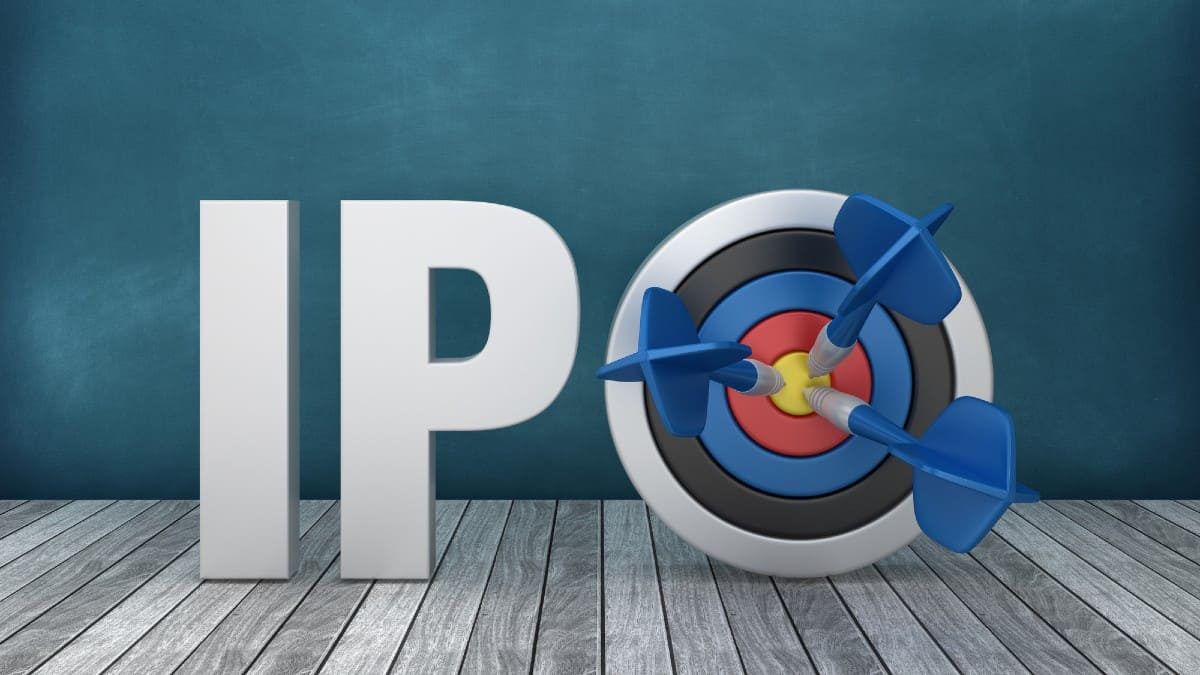Earlier this week, Chinese ride-hailing giant Didi Global (NYSE: DIDI) listed on the New York Stock Exchange via an Initial Public Offering (IPO). The IPO represented the largest US listing by a Chinese company since 2014.
Here, I’m going to look at the investment case for Didi. Should I buy the stock for my portfolio?
Didi: the ‘Uber of China’
Founded in 2012, Didi is a ride-hailing company that’s active in China and a number of other countries. In China, it’s the dominant player with a market share of around 80%. At the end of the first quarter of 2021, it had nearly 500m active users globally.
Didi is backed by a number of large technology companies including SoftBank, Alibaba, Tencent, and Uber. SoftBank is Didi’s largest investor with a stake of around 20%. The company’s founder and CEO, Cheng Wei, owns around 6.5% of the business.
Didi’s IPO price was $14. At that price, the company’s valuation was around $70bn. However, since the IPO, Didi’s share price has climbed, pushing the valuation higher.
Didi stock: the bull base
There are several things to like about Didi from an investment point of view. The first is the growth story in China. In the years ahead, growth there should be underpinned by the growing population and rising disposable incomes. Xiao Ai, an analyst at Atlantic Equities, believes Chinese spending on mobility will grow at nearly 20% per year between now and 2024, to reach close to $90bn.
The second is Didi’s international expansion. Since early 2018, the group has been growing its global platform to strategically-selected markets. This has, so far, been impressive (although international revenues are still a very small proportion of total revenues). Between 31 March 2019 and 31 March 2021, the average daily transactions facilitated on the platform outside China increased at an annualised rate of 59%.
It’s worth noting that Didi believes its total addressable market (TAM) is huge. In its IPO prospectus, Didi states that by 2040, the global mobility market will be worth a staggering $16.4trn.
Finally, Didi looks like it could also be a major player in the autonomous driving space. Currently, it’s building a full-suite autonomous solution that combines world-leading technology with commercial operations for both mobility and shared mobility deployment.
Risks
I do have some concerns about investing in Didi shares however. One is that it’s hard to get a true feel for the company’s recent growth due to Covid-19. In its prospectus, Didi shows its financials for 2018 to 2020 and the first quarter of 2021. However, last year was obviously a poor year for ride-sharing companies.
|
Another concern is in relation to profitability. Didi did generate a profit in the last quarter, however, historically, it’s been unprofitable. This adds risk to the investment case. We’ve seen recently that the stocks of unprofitable companies can be hit hard in a sell-off.
A third concern is that Chinese regulators are cracking down on dominant Chinese tech companies. Given Didi’s huge market share in China, it could be targeted by regulators. Finally, Didi is likely to face intense competition as it expands geographically. For example, if it enters the UK market, it will be up against Uber, Bolt, FREENOW, and others.
Should I buy Didi stock?
Weighing everything up, I’m going to keep Didi on my watchlist for now. At present, I think there are better shares to buy.








